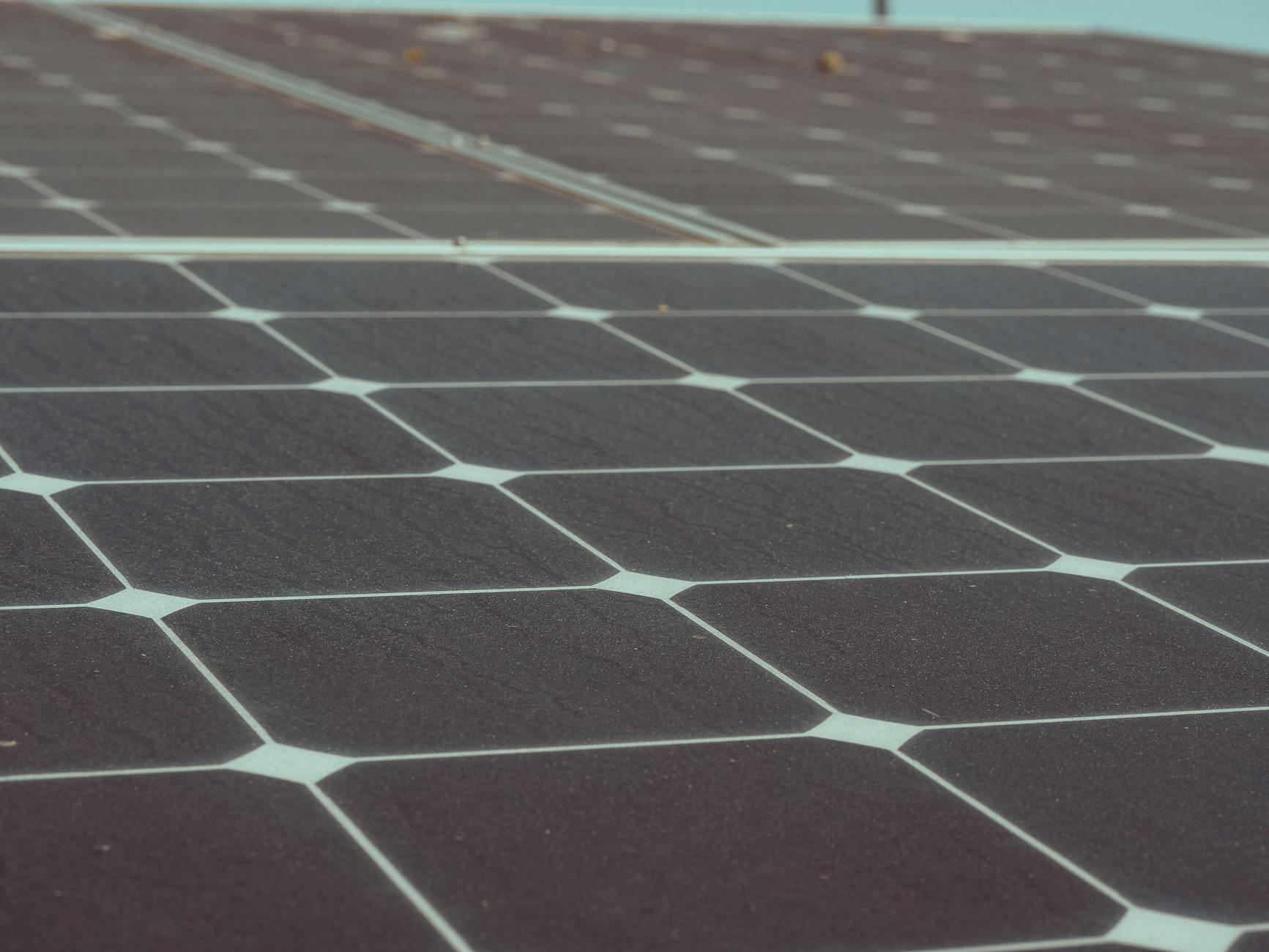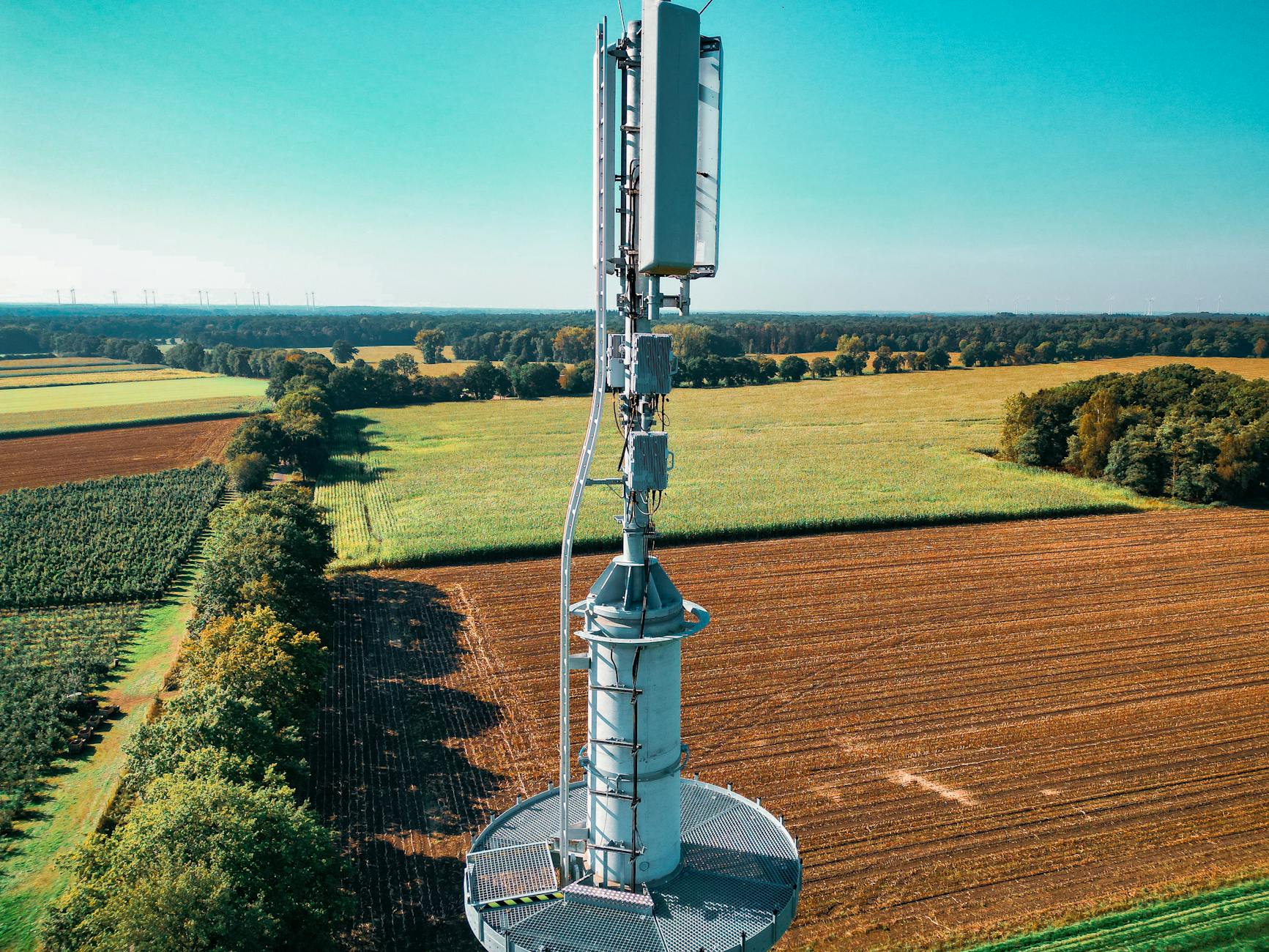In an era where environmental consciousness is paramount, understanding and adopting sustainable energy solutions has moved from being a niche concern to a global imperative. As we grapple with the effects of climate change and the finite nature of traditional fossil fuels, the shift towards cleaner, renewable energy sources is accelerating. But what does “sustainable energy” truly entail, and how can individuals and businesses harness its power? This article will explore the diverse landscape of sustainable energy, from the technologies driving the revolution to practical ways you can contribute to a greener future. We’ll demystify concepts like solar, wind, and geothermal power, and discuss how they are reshaping our energy consumption and offering a path towards a healthier planet.
The Driving Forces Behind Sustainable Energy
Several key factors are propelling the adoption of sustainable energy solutions. Firstly, the undeniable reality of climate change, largely attributed to greenhouse gas emissions from burning fossil fuels, has created an urgent need for cleaner alternatives. Scientific consensus points to the necessity of drastically reducing our carbon footprint to mitigate the most severe impacts of global warming. Secondly, the economic advantages of renewable energy are becoming increasingly apparent. While initial investments were once a barrier, the cost of solar panels and wind turbines has plummeted over the past decade, making them competitive with, and in many cases cheaper than, traditional energy sources in the long run. Furthermore, energy independence and security are significant motivators. Relying on renewable resources generated domestically reduces dependence on volatile international fossil fuel markets, fostering greater national stability. Public awareness and demand for environmentally responsible practices also play a crucial role, encouraging businesses and governments to prioritize sustainable options.
Harnessing the Power of Renewables: Key Technologies
The umbrella term “sustainable energy” encompasses a variety of renewable resources that naturally replenish themselves. Here are some of the most prominent:
- Solar Energy: Perhaps the most recognizable renewable source, solar power converts sunlight into electricity using photovoltaic (PV) panels or concentrated solar power (CSP) systems. PV panels are common on rooftops and in large solar farms, while CSP systems use mirrors to focus sunlight and generate heat, which then drives turbines.
- Wind Energy: Wind turbines capture the kinetic energy of moving air and convert it into electricity. Large-scale wind farms, often located in windy coastal or plains regions, are a significant contributor to renewable energy grids worldwide. Smaller, distributed wind turbines can also power individual homes or businesses.
- Hydropower: This technology uses the force of moving water, typically from dams or run-of-river systems, to spin turbines and generate electricity. It’s a well-established renewable source that provides a consistent and significant amount of power.
- Geothermal Energy: Geothermal systems tap into the Earth’s internal heat. This heat can be used directly for heating and cooling buildings or to generate electricity by producing steam that drives turbines. Geothermal is particularly effective in regions with significant underground thermal activity.
- Biomass Energy: Derived from organic materials like plants, agricultural waste, and animal matter, biomass can be burned directly to produce heat or electricity, or converted into biofuels like ethanol and biodiesel. Sustainable sourcing and efficient conversion are key to its environmental benefit.
Integrating Sustainable Energy into Daily Life and Business
Transitioning to sustainable energy isn’t just about large-scale power plants; it’s also about practical applications for individuals and businesses. For homeowners, installing rooftop solar panels can significantly reduce or even eliminate electricity bills, offering a long-term return on investment. Energy-efficient appliances, smart thermostats, and well-insulated homes also play a vital role in reducing overall energy consumption. Businesses can benefit from similar strategies, with the added advantage of implementing renewable energy solutions across their operations. This might include purchasing renewable energy credits (RECs), installing solar arrays on commercial buildings, or electrifying fleets with renewable charging infrastructure. Some companies are also exploring green energy tariffs or investing in community solar projects to meet their sustainability goals.
The Road Ahead: Challenges and Opportunities
While the momentum towards sustainable energy is strong, challenges remain. The intermittency of sources like solar and wind power (i.e., they don’t produce energy 24/7) requires robust energy storage solutions, such as advanced battery technology, and grid modernization to ensure reliability. The initial cost of adopting some renewable technologies can still be a barrier for certain individuals and smaller entities, necessitating supportive government policies, incentives, and financing options. However, these challenges also present immense opportunities. Continued innovation in energy storage, grid management, and renewable energy technologies promises to increase efficiency and affordability. The growth of the green economy creates jobs in manufacturing, installation, maintenance, and research. As more people and organizations embrace sustainable energy, we move closer to a future powered by clean, reliable, and environmentally responsible resources.
In conclusion, sustainable energy solutions are not just a trend but a fundamental shift in how we power our world, driven by environmental necessity, economic viability, and a desire for energy independence. From solar and wind to geothermal and hydropower, a diverse range of technologies offers viable alternatives to fossil fuels. Whether through individual choices like installing solar panels or adopting energy-efficient practices, or through larger-scale business and governmental initiatives in grid modernization and storage, each step contributes to a cleaner, healthier planet. The journey involves overcoming challenges like intermittency and upfront costs, but the opportunities for innovation, economic growth, and a secure energy future are immense. Embracing sustainable energy is an investment in our collective well-being and the legacy we leave for future generations.
Image by: Kindel Media
https://www.pexels.com/@kindelmedia







